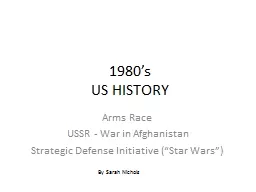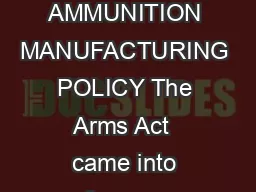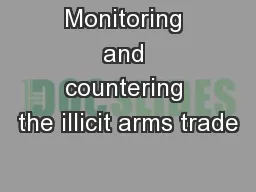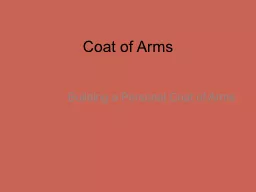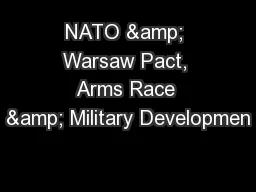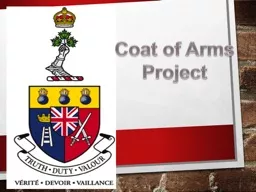PPT-1980’s US HISTORY Arms Race
Author : marina-yarberry | Published Date : 2018-11-02
USSR War in Afghanistan Strategic Defense Initiative Star Wars By Sarah Nichols the Arms Race Major Events Hiroshima and Nagasaki 1945 End of war with Japan ABomb
Presentation Embed Code
Download Presentation
Download Presentation The PPT/PDF document "1980’s US HISTORY Arms Race" is the property of its rightful owner. Permission is granted to download and print the materials on this website for personal, non-commercial use only, and to display it on your personal computer provided you do not modify the materials and that you retain all copyright notices contained in the materials. By downloading content from our website, you accept the terms of this agreement.
1980’s US HISTORY Arms Race: Transcript
Download Rules Of Document
"1980’s US HISTORY Arms Race"The content belongs to its owner. You may download and print it for personal use, without modification, and keep all copyright notices. By downloading, you agree to these terms.
Related Documents

